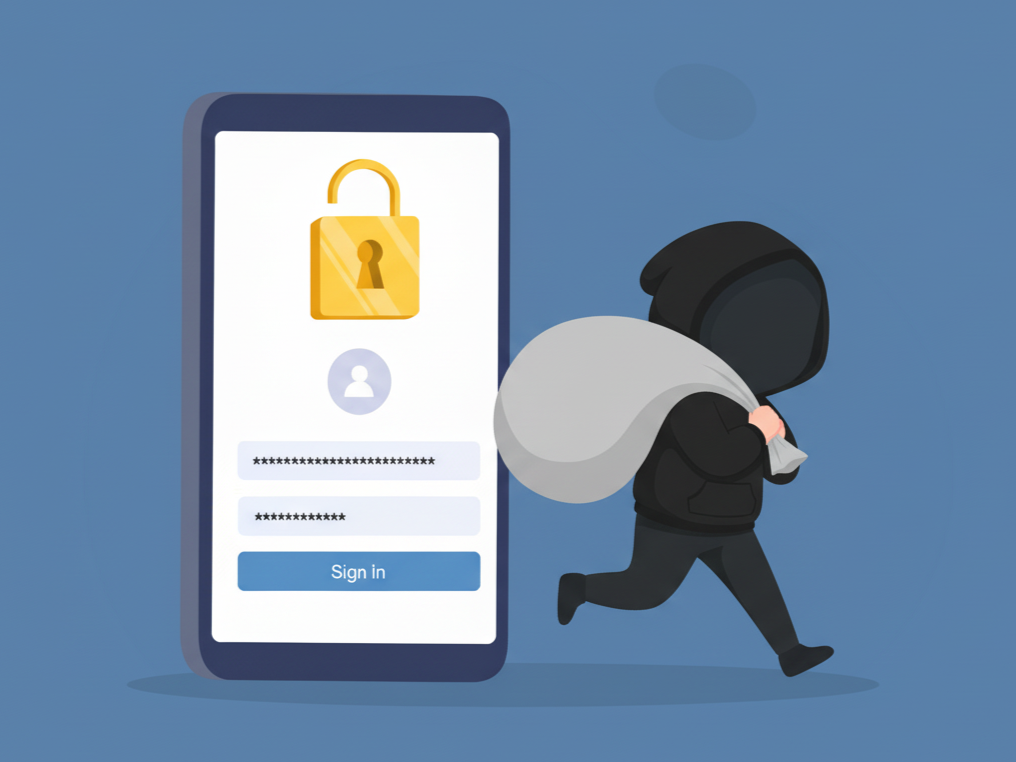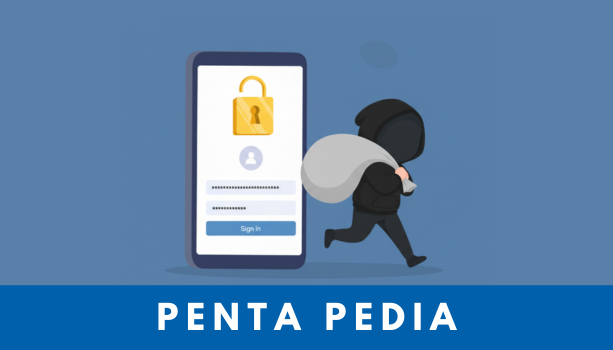What is ATO (Account Takeover)?
In today’s hyper-connected digital landscape—where we manage everything from banking and shopping to social media online—convenience comes at a cost. That is, we are facing growing exposure to cyber threats that can compromise our most valuable information.
Specifically, one of the most common and dangerous cyberattacks in this environment is Account Takeover (ATO). Unlike simple password theft, ATO refers to a full-scale hijacking of your online accounts. Once attackers gain control, they can inflict significant financial damage and severe privacy breaches.
What Is Account Takeover (ATO)?
Account Takeover occurs when a cybercriminal gains unauthorized access to a user’s online account by impersonating the legitimate user. After taking control, attackers often change login credentials such as passwords or recovery information, locking the real owner out. They then exploit the account for malicious purposes.

What Are The Main Targets of ATOs?
While ATO attacks may have various motivations, they are primarily driven by financial gain and data theft. According to 2023 data, 51% of ATO incidents targeted social media accounts, while 32% affected financial accounts.
- Social Media Accounts: Attackers hijack personal accounts to impersonate users, exploit followers, or misuse shared data.
- Financial Accounts: Unauthorized access to bank or credit card information allows fraudsters to steal funds or make illicit transactions.
- E-commerce and Travel: Compromised online shopping or travel accounts may lead to fraudulent purchases or stolen loyalty points and airline miles.
- Government and Enterprise Accounts: Attackers use these accounts to access sensitive personal or corporate data, often launching additional phishing or ransomware attacks.
How Do ATO Attacks Happen?
ATO attacks combine sophisticated automation tools with social engineering tactics. Common attack methods include:
Credential Stuffing
Firstly, this is the most widespread ATO method. Using credentials obtained from large-scale data breaches, attackers deploy bots to test these username-password pairs across multiple websites. Due to password reuse, a single breach can compromise many accounts.
Brute Force Attacks
Secondly, attackers systematically guess passwords using bots and commonly used combinations like “123456” or “password.” If they have your email or username, they can launch endless login attempts until one succeeds.
Phishing and Social Engineering
Thirdly, attackers create fake emails, text messages, or websites that mimic legitimate banks or companies. Unsuspecting users are tricked into entering their login details on counterfeit pages, which are then harvested by cybercriminals.
Malware Attacks
Lastly, by secretly installing malware such as keyloggers on a user’s device, attackers capture all keystrokes—including login credentials—in real time, gaining full access to accounts without raising suspicion.
How to Protect Against ATO Attacks
Responsibility against ATO is not only for the users; it is also important for service providers. In other words, Safeguarding against ATO threats requires vigilance from both individual users and service providers.

For Users:
- Use Multi-Factor Authentication (MFA) to add a layer of security.
- Avoid reusing passwords across sites and create strong, unique combinations.
- Do not click on suspicious links or attachments.
- Regularly check your login history to detect any unauthorized access.
For Businesses:
- Implement bot management solutions and anomalous behavior detection.
- Enforce login attempt limits and adopt Zero Trust security models.
- Protect customer data and accounts by investing in intelligent cybersecurity infrastructure.
ATO Is Not a Distant Threat
Account Takeover is no longer just a headline—it’s a daily reality for millions. With increasingly automated and sophisticated attacks, ATO can cause more than financial loss. In other words, it can lead to identity theft, reputational damage, and long-term trust erosion. Staying secure begins with proactive cybersecurity habits and robust digital hygiene.
Click here to subscribe our Newsletter
Click here for inquiries regarding the partner system of Penta Security
Check out Penta Security’s product lines:
Web Application Firewall: WAPPLES
Database Encryption: D.AMO
Check out the product lines of Cloudbric by Penta Security:
Cloud-based Fully Managed WAAP: Cloudbric WAF+
Agent based Zero Trust Network Access Solution: Cloudbric PAS
Agentless Zero Trust Network Access Solution: Cloudbric RAS
Click here for inquiries regarding the partner system of Cloudbric
